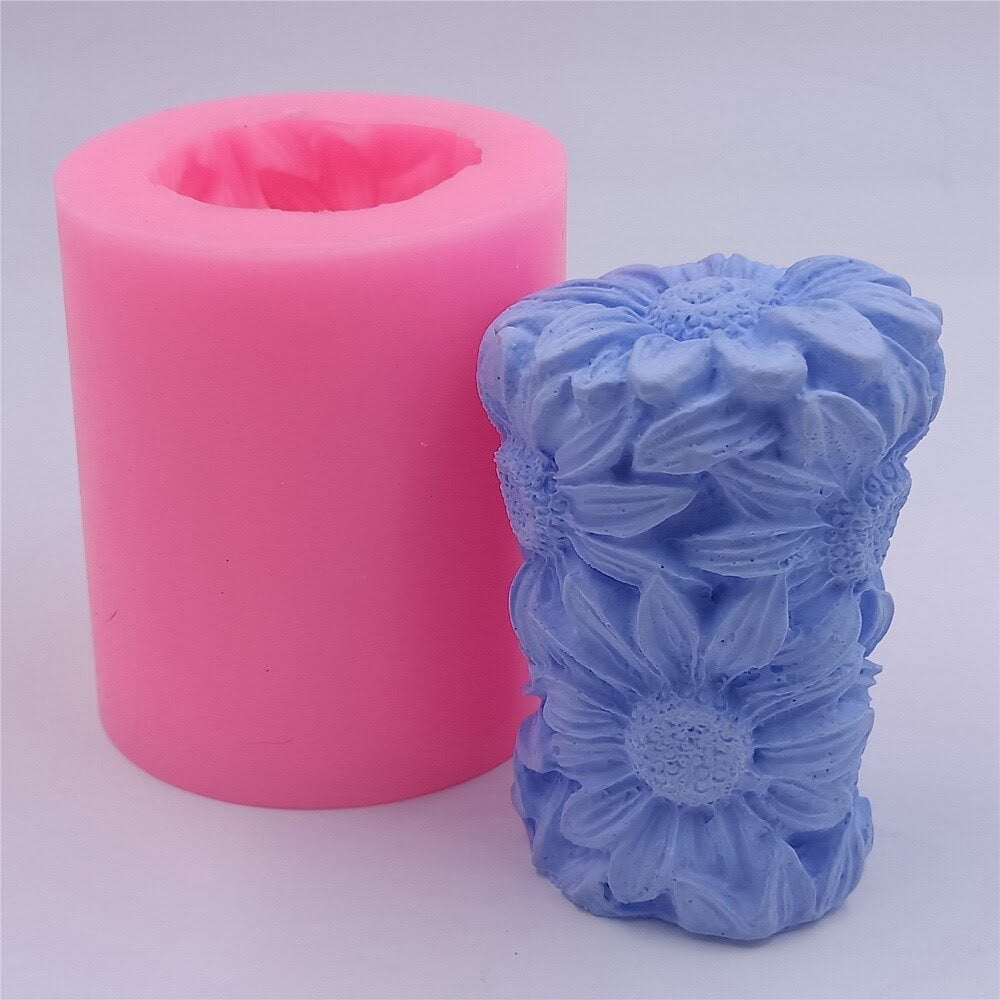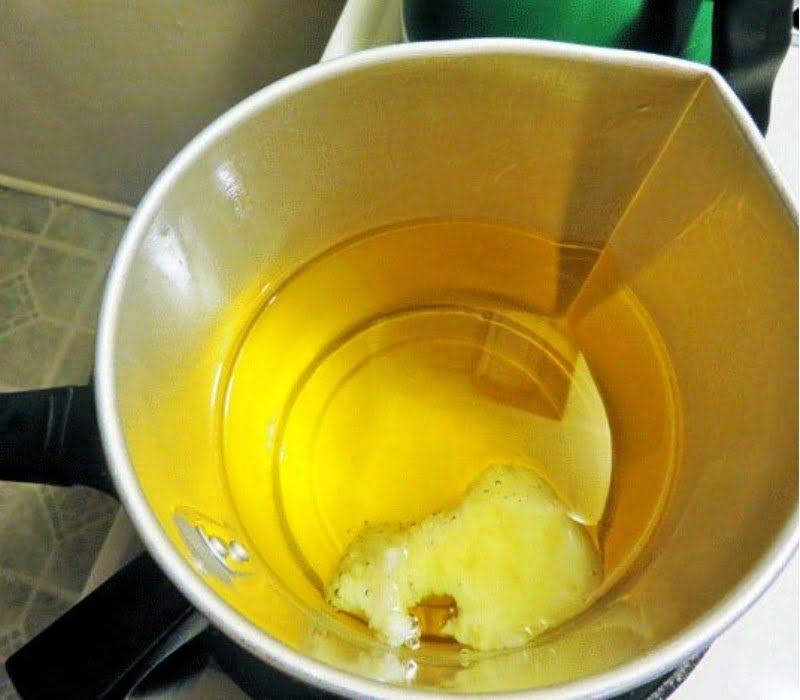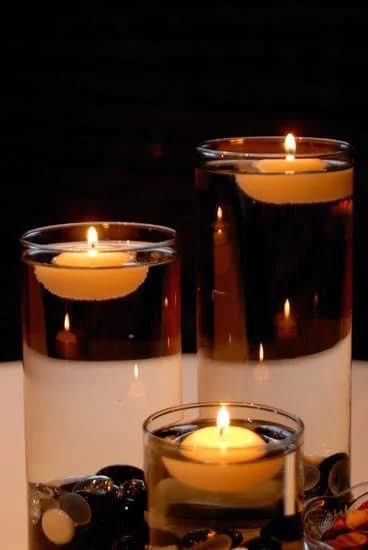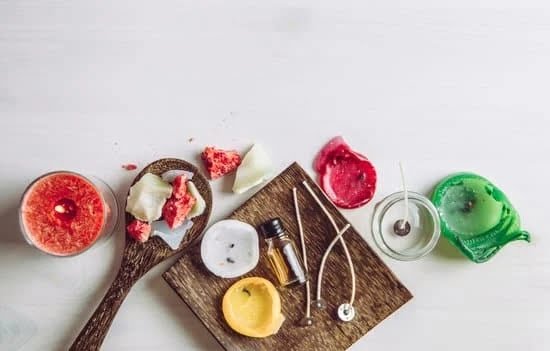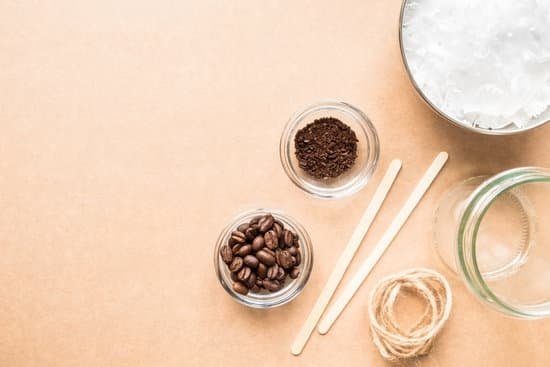Are you looking for a natural and aromatic way to enhance your candle making? Using essential oils in candle making can elevate the scent and add therapeutic benefits to your homemade candles. Essential oils are concentrated plant extracts that have been used for centuries for their various healing properties, and they are becoming increasingly popular in the art of candle making.
When it comes to choosing the right essential oils for candle making, there are many options to consider. Each essential oil has its own unique scent and properties, which can greatly impact the overall experience of your handmade candles. From calming lavender to invigorating citrus scents, understanding how to select the right essential oils is crucial in creating a successful candle.
The art of blending essential oils is where creativity truly shines in candle making. By combining different scents and experimenting with varying ratios, you can create distinctive and pleasing aroma combinations that will set your candles apart.
However, it’s important to keep safety precautions in mind when working with essential oils, as their potency requires careful handling. This article will guide you through the process of incorporating essential oils into your candle making endeavors, ensuring a safe and enjoyable experience.
Choosing the Right Essential Oils
When it comes to creating scented candles using essential oils, choosing the right essential oils is crucial in achieving the desired scent and mood. Each essential oil carries its own distinct aroma and properties, making the selection process an important step in candle making.
Understanding Different Scents and Their Properties
Essential oils come in a wide range of scents, from floral and citrusy to woody and spicy. It’s important to understand the different properties of each scent when considering them for candle making. For example, lavender essential oil is known for its calming and relaxing properties, making it ideal for creating a soothing ambiance in candles. On the other hand, citrus essential oils such as lemon or orange can add a refreshing and invigorating touch to candles.
Matching Scents With Candle Themes
Another factor to consider when choosing essential oils for candle making is matching the scents with the intended theme or purpose of the candle. For instance, if you’re creating candles for a spa-like atmosphere, you may want to opt for calming and grounding scents such as chamomile or sandalwood. On the other hand, if you’re making candles for a festive occasion, uplifting and energizing scents like peppermint or eucalyptus could be more suitable.
Experimenting With Scent Combinations
One of the most enjoyable aspects of using essential oils in candle making is experimenting with different scent combinations. By blending two or more essential oils together, you can create unique and personalized aromas that cater to your preferences or specific occasions.
Whether it’s mixing floral and earthy notes for a romantic evening candle or combining fruity and herbal scents for a refreshing ambiance, there are endless possibilities when it comes to creating captivating scent blends using essential oils in candle making.
The Art of Blending
When it comes to creating scented candles using essential oils, the art of blending is crucial in achieving unique and appealing fragrance combinations. Blending different essential oils not only allows for customization but also creates a more complex and sophisticated scent profile for your candles. Here are some tips and techniques for mastering the art of blending essential oils for candle making:
- Understand Scent Families: Familiarize yourself with different scent families such as floral, citrus, woody, and herbal. This knowledge will help you create balanced and harmonious blends by combining oils within the same family or experimenting with complementary scent groups.
- Start Small: When experimenting with essential oil blends, start with small quantities to test the aroma before committing to a larger batch of candle wax. This allows you to adjust the ratio of each oil to achieve the desired fragrance intensity.
- Layering Scents: Rather than mixing all essential oils together at once, consider layering the scents in different stages of candle making. For example, add one oil during the melting stage and another during the cooling phase to create a more nuanced fragrance profile.
By following these tips and techniques, you can elevate your candle making process by creating captivating scent combinations using essential oils.
Ultimately, mastering the art of blending requires patience, experimentation, and a keen sense of smell. Keep in mind that everyone’s olfactory preferences are unique, so don’t be afraid to think outside the box and create your own signature blends that resonate with your personal style or brand identity.
Whether you’re making candles for personal use or for sale, mastering the art of blending essential oils will set your creations apart and delight those who experience their captivating aromas.
Safety Precautions
When using essential oils in candle making, it is crucial to prioritize safety to avoid any mishaps. Essential oils are highly concentrated and can be flammable, so it is important to handle them with care.
One of the most important safety precautions is to always use essential oils in a well-ventilated area to prevent inhalation of the potent scents and to minimize exposure. Additionally, it is strongly recommended to wear gloves when handling undiluted essential oils to avoid skin irritation or allergic reactions.
Another crucial safety guideline when using essential oils in candle making is to carefully measure the amount of oil you are adding to your wax. Since essential oils are highly concentrated, only a small amount is needed for a noticeable scent. Overuse of essential oils can affect the burning properties of the candle and may also lead to an overwhelming fragrance that could cause discomfort.
To further ensure safety when incorporating essential oils into candle making, it is important to thoroughly research each oil’s individual properties and limitations. Some essential oils are not safe for use around pets or children, while others may have specific temperature requirements for proper incorporation into candle wax.
Finally, it is important never to leave melted wax unattended on a heat source, as this can pose a fire hazard. Always follow proper heating guidelines and use appropriate equipment when working with candle wax and essential oils.
| Safety Precautions | Guidelines |
|---|---|
| Use in well-ventilated area | Avoid inhalation and minimize exposure |
| Measure carefully | Do not overuse; small amounts are potent |
| Research properties of each oil | Consider safety around pets and children, as well as temperature requirements |
| Never leave melted wax unattended | Pose fire hazard if left on heat source |
Methods of Incorporating Essential Oils
When it comes to using essential oils in candle making, there are various methods for incorporating these aromatic oils into the candle wax. Each method has its own benefits and considerations, so it’s important to understand the different options available. Here are some popular techniques for adding essential oils to candle wax:
Directly Into the Wax
One of the simplest methods of incorporating essential oils into candle making is by adding them directly into the melted wax. Once the wax has reached the appropriate temperature, typically around 185-195°F (85-90°C), you can carefully stir in the desired amount of essential oil. It’s important to follow recommended guidelines for each type of essential oil, as some may require a higher or lower concentration for optimal scent throw.
Infusing Through Heat
Another method involves infusing the fragrance of essential oils into the melted wax through heat. This can be achieved by placing a container of essential oil near the hot wax as it melts, allowing the heat to gently infuse the scent into the surrounding area. While this method may take longer than directly adding oils to the wax, it can result in a more subtle and even distribution of fragrance throughout the candle.
Using Scented Wicks
For a unique approach to incorporating essential oils, some candle makers use scented wicks that have been pre-infused with fragrance. These wicks are treated with concentrated essential oils, allowing for a consistent release of scent as the candle burns. This method can be convenient for those who want to add specific scents without directly handling and measuring out individual oils during the candle making process.
When exploring these methods, it’s important to consider both the type of essential oil being used and personal preferences for scent strength and distribution within the finished candles. By understanding these different techniques for incorporating essential oils into candle wax, you can create beautifully fragrant candles that enhance any space with delightful aromas.
Best Practices for Scent Throw
When it comes to using essential oils in candle making, maximizing the fragrance output is key to creating a truly aromatic experience. By following best practices for scent throw, you can ensure that your candles release a pleasing and long-lasting scent when burned. Here are some tips and techniques to help you make the most of your essential oils in candle making:
- Use high-quality essential oils: To achieve a strong and pleasant fragrance, it is important to use pure and high-quality essential oils. Look for oils that are derived from natural sources and are free of additives or synthetic ingredients.
- Consider the scent profile: Different essential oils have different evaporation rates and strengths. When blending scents, consider the top, middle, and base notes of each oil to create a well-rounded fragrance that will fill the room when the candle is lit.
- Properly measure the oils: When adding essential oils to your candle wax, be sure to measure them accurately. Adding too much or too little oil can affect the strength of the scent throw.
Additionally, consider the type of wax you are using as this can impact how well it holds onto the fragrance of the essential oils. Soy wax, for example, has a good scent throw and works well with most essential oil blends.
By incorporating these best practices into your candle making process, you can ensure that your homemade candles with essential oils release a delightful and captivating aroma when burned. Whether you are making candles for personal use or as gifts for others, maximizing the fragrance output will result in an enjoyable sensory experience for all who encounter your creations.
DIY Essential Oil Candle Recipes
Making homemade candles with essential oils is a creative and satisfying way to fill your living space with beautiful scents. With the right materials and a little bit of know-how, you can easily craft your own personalized candles that are perfect for use or gifting. Here are some step-by-step instructions for creating your very own DIY essential oil candles.
First, gather your materials. You will need wax (such as soy wax or beeswax), candle wicks, a double boiler or melting pot, a thermometer, essential oils of your choice, and candle containers. It’s important to choose high-quality materials to ensure the best results for your homemade candles.
Next, melt the wax in a double boiler over medium heat until it reaches the desired temperature according to the type of wax you are using. Once melted, remove the wax from heat and add essential oils to achieve your desired fragrance strength. Different types of essential oils have different scent strengths, so be sure to adjust accordingly.
After adding the essential oils, carefully pour the melted wax into the candle containers and insert the wicks into the center. Allow the candles to cool and harden completely before trimming the wicks to about ¼ inch in length. Once trimmed, your homemade DIY essential oil candles are ready to be enjoyed.
| Materials | Instructions |
|---|---|
| Wax | Melt wax in double boiler |
| Essential Oils | Add essential oils to melted wax |
| Candle Wicks | Insert wicks into centers of containers |
By following these simple instructions and using high-quality ingredients, you can create beautiful and fragrant DIY essential oil candles that will enhance any home or make perfect gifts for friends and family.
Conclusion and Further Resources
In conclusion, utilizing essential oils in candle making offers a wide range of benefits, from creating unique and appealing scents to enjoying the therapeutic properties of aromatherapy. As discussed in this article, choosing the right essential oils is crucial for achieving desired fragrance combinations, and the art of blending can result in captivating and harmonious scents.
It’s important to note that safety precautions should always be observed when handling essential oils, and incorporating them into candle wax requires careful consideration of methods to achieve maximum fragrance output. By following best practices and exploring DIY essential oil candle recipes, individuals can create personalized and meaningful candles that not only provide aesthetic appeal but also offer therapeutic benefits.
For those interested in delving deeper into the world of using essential oils in candle making, there are numerous resources available. Online tutorials, books, workshops, and forums provide valuable insights and guidance for beginners and experienced candle makers alike.
Additionally, exploring different essential oil combinations and experimenting with various techniques can lead to new discoveries and innovative creations. Whether it’s for personal enjoyment or for creating handmade gifts, the possibilities are endless when it comes to using essential oils in candle making.
Frequently Asked Questions
Can I Use Essential Oils in My Candle Making?
Yes, you can definitely use essential oils in your candle making. In fact, many people prefer using essential oils for their natural scents and therapeutic properties. Just make sure to use high-quality, pure essential oils for the best results.
How Many Drops of Essential Oil to Use When Making Candles?
The number of drops of essential oil to use when making candles really depends on personal preference and the type of essential oil being used. As a general guideline, you can start with around 30-40 drops of essential oil per 1 pound of wax, but you may need to adjust based on the strength of the scent.
What Is the Ratio of Essential Oils to Wax for Candles?
The ratio of essential oils to wax for candles is typically around 6-10% by weight. This means that for every 1 pound of wax, you would use between 0.96 to 1.6 ounces (or approximately 27-45 grams) of essential oils.
It’s important not to exceed this ratio as it can affect the quality and burn of the candle.

Welcome to my candle making blog! In this blog, I will be sharing my tips and tricks for making candles. I will also be sharing some of my favorite recipes.

